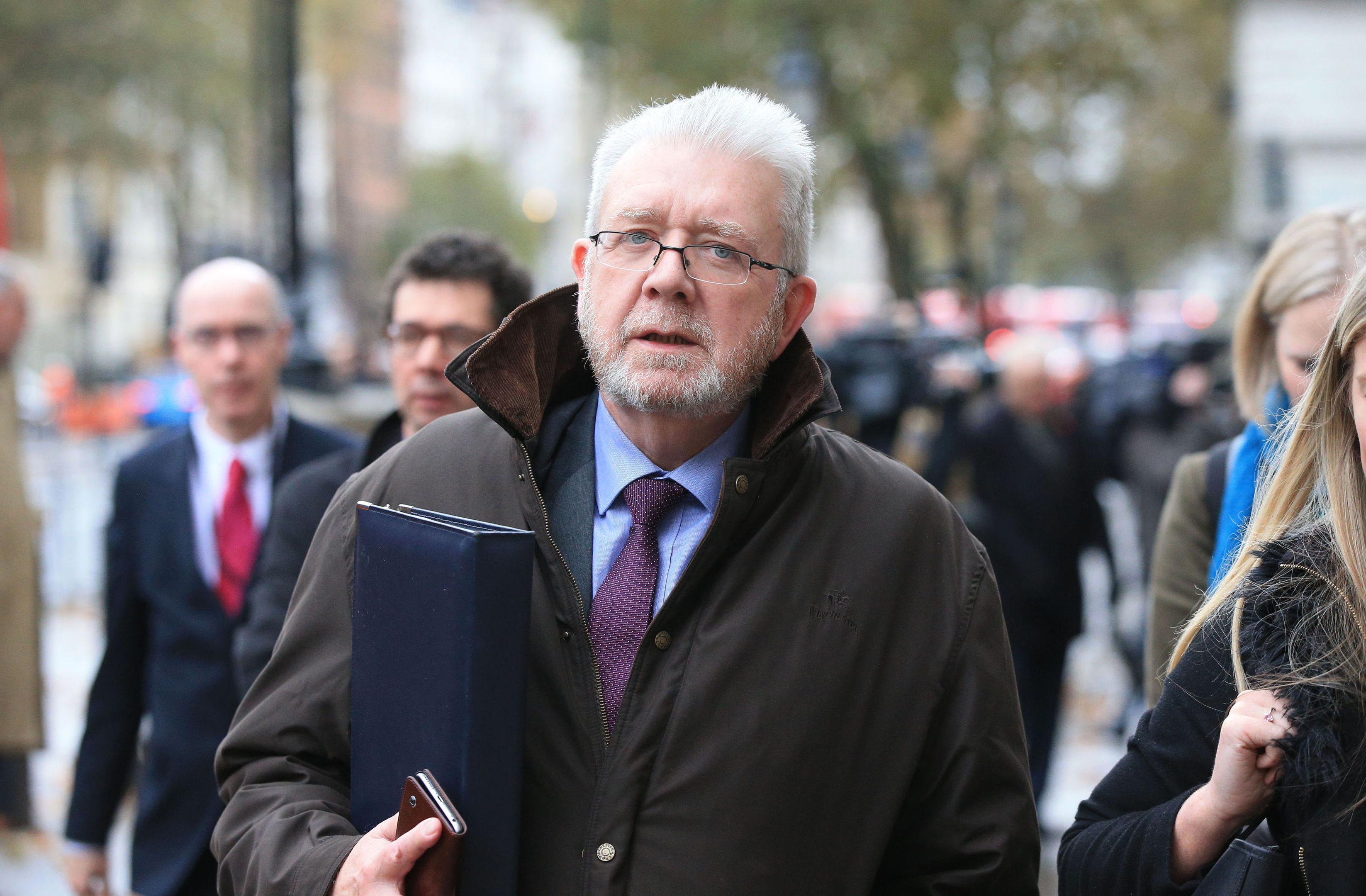
KEEPING Scotland in the European single market is constitutionally and democratically right, Holyrood’s Brexit Minister has said.
Mike Russell argued the country’s “dependency” on foreign workers in key trades and the “substantial economic damage” that would be sparked by leaving the single market are reasons why a separate solution should be found for Scotland, after Prime Minister Theresa May announced her intention to withdraw the UK from the trading bloc.
But he told members of a House of Lords committee that even if that were not the case, he would still fight to keep Scotland in the single market.
He said: “I think there are three sets of exceptions. But if there were no exceptions I would still be arguing for it, because I believe it is constitutionally and democratically the right thing to do in a country that voted to stay.”
The Scottish Government has already put forward proposals to stay in the single market, suggesting joining the European Free Trade Association (Efta) to secure membership of the European Economic Area (EEA).
But as the Lords EU Select Committee met in Edinburgh, the Earl of Kinnoull Charles Hay pressed the minister on why Scotland should be treated differently.
Mr Russell highlighted three areas, telling the committee: “I start unashamedly with the democratic one. You may wish to argue this was a UK-wide vote, therefore what Scotland votes doesn’t count, but Scotland voted as a distinct unit 62% to 38%.
“There is no evidence that has changed in the slightest. Every part of Scotland voted in that manner. So there is a view that Scotland should remain in the EU.
“So there’s a democratic issue. And there’s a democratic mandate issue in what we’re doing. I was elected on a manifesto promise that said if Scotland was taken out of the EU against its will that would be a material change of circumstances in terms of independence.
“We think the 62%-38% vote is a democratic mandate. Since then the Scottish Parliament has twice voted, very strongly, in favour of the option of remaining in the single market.”
He warned there would be “profound” economic consequences if Scotland loses its single market status.
Regarding free movement of people, which is guaranteed by membership of the single market, he said without it parts of Scotland could see their population decline, and there is a “dependency on freedom of movement in very crucial areas of our economy and national life”.
He also insisted the SNP’s proposal is a “feasible proposition which can be negotiated”.
Lord Whitty told Mr Russell: “Most of the evidence we have received is it may be legally possible, just about, and there are different opinions on that, but that it would be politically very difficult.”
He also argued the plan would be difficult to work in practice “because of the differentiated position between Scotland and England”.
Lord Whitty asked him: “Is your position that your plan B as it were, separate single market status for Scotland, do you really believe that is a runner? And do you have a plan C?”
Mr Russell said: “I believe it is a runner, I think many people also believe it is a runner. There are many people who believe it can be done.”

Enjoy the convenience of having The Sunday Post delivered as a digital ePaper straight to your smartphone, tablet or computer.
Subscribe for only £5.49 a month and enjoy all the benefits of the printed paper as a digital replica.
Subscribe